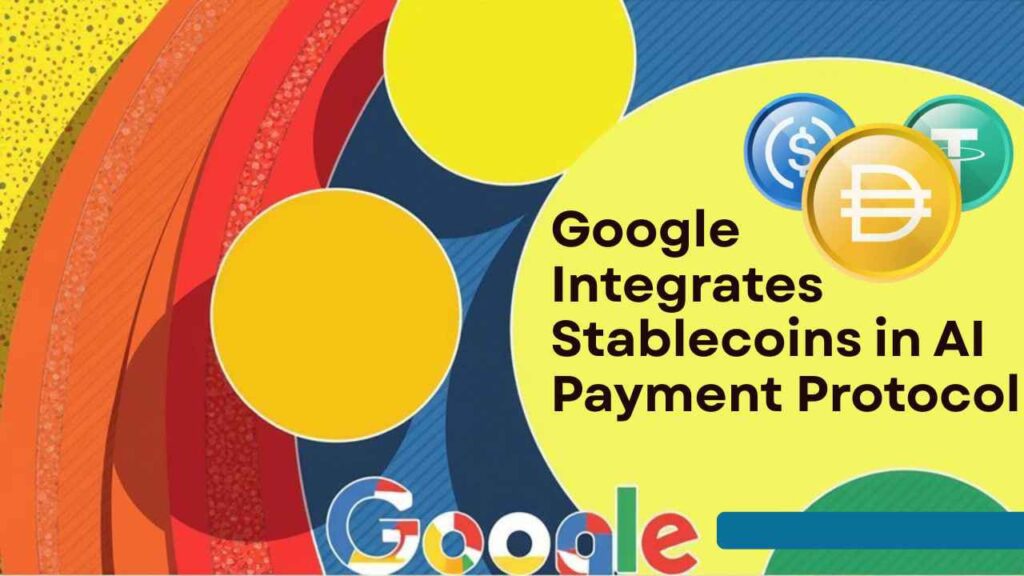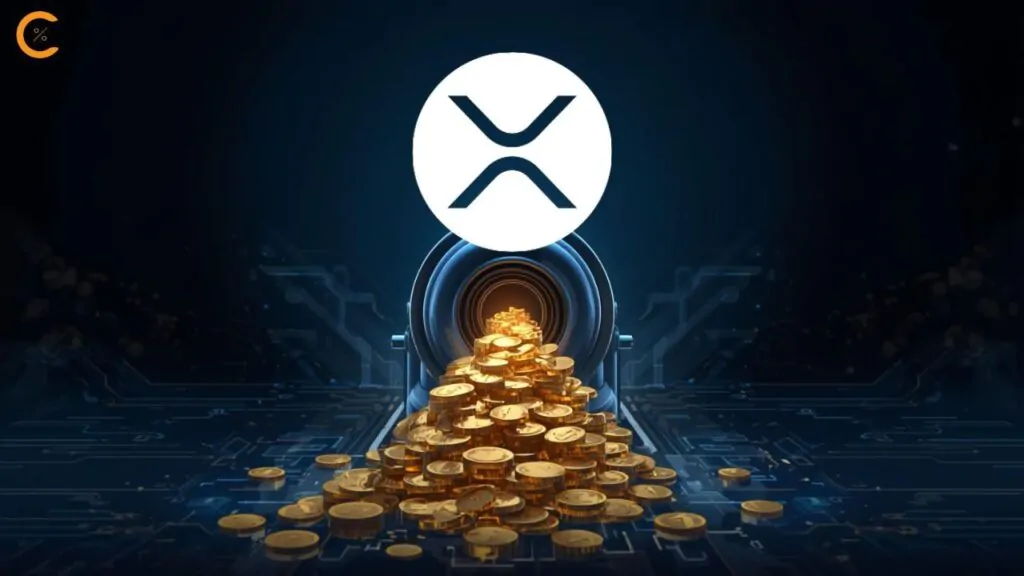• Google released an open-source protocol enabling AI apps to send and receive money using stablecoins.
• The firm partnered with Coinbase and 60+ other companies to support stablecoins in AI payments.
• The partnership produced x402, a stablecoin-powered extension within Google’s Agentic Payments Protocol
Google has launched a new open-source payments protocol that allows AI applications to send and receive money using credit cards, debit cards, and stablecoins. The system builds on its earlier Agent2Agent framework, enabling AI agents to communicate directly and potentially integrate with DeFi protocols. With stricter oversight of crypto apps, Google aims to ensure secure, regulated AI-to-AI transactions, joining other tech giants exploring stablecoin adoption.
AI Payments Protocol Launch
Google has introduced a new open-source payments protocol that allows AI applications to send and receive money. The system supports both traditional payment methods, including credit and debit cards, as well as stablecoins, expanding the ways value can be transferred between AI systems.
Earlier this year, Google released a protocol that enabled communication between AI agents, and this new launch extends that framework to cover secure financial transactions.
The design builds directly on the Agent2Agent Protocol introduced in April, which was developed with the help of more than 50 technology partners, including SAP, Salesforce, and PayPal, alongside consulting firms such as PwC, McKinsey, and Deloitte. This demonstrates the broad range of industries contributing to the project.
Agent-to-Agent Integration & DeFi Connections
To integrate stablecoins into its design, Google partnered with Coinbase, alongside more than 60 companies, including the Ethereum Foundation, Salesforce, American Express, and Etsy. Coinbase worked closely to ensure Google’s payment systems are interoperable, highlighting an effort to build a standard for AI-to-AI transactions.
The partnership also produced x402, a stablecoin-powered extension within Google’s Agentic Payments Protocol (AP2), which allows AI agents to automate micropayments, monetize services, and pay each other directly. By embedding x402 into AP2, Google, and Coinbase have ensured the launch is supported by a payment system built for both machine efficiency and regulatory trust.
There is also a growing push to connect these agents with DeFi protocols, which could streamline trading, improve user interactions, and expand real-world payment workflows.
Compliance and Industry Adoption
The development comes as Google Play strengthened its oversight on crypto wallet apps in August across various jurisdictions, introducing stricter listing and compliance requirements. These measures ensure that only apps meeting clear regulatory and operational standards can access the Google ecosystem.
Conclusion
Google’s stablecoin integration highlights the company’s commitment to secure, verifiable, and responsible financial interactions within its AI-powered payments network.
Google’s launch reflects how financial transactions between AI agents can happen safely and reliably. Beyond Google, other tech giants, including Apple, Airbnb, Meta, and Shopify, are also exploring stablecoin integrations, signaling a wider shift as Big Tech and crypto adoption converge.







